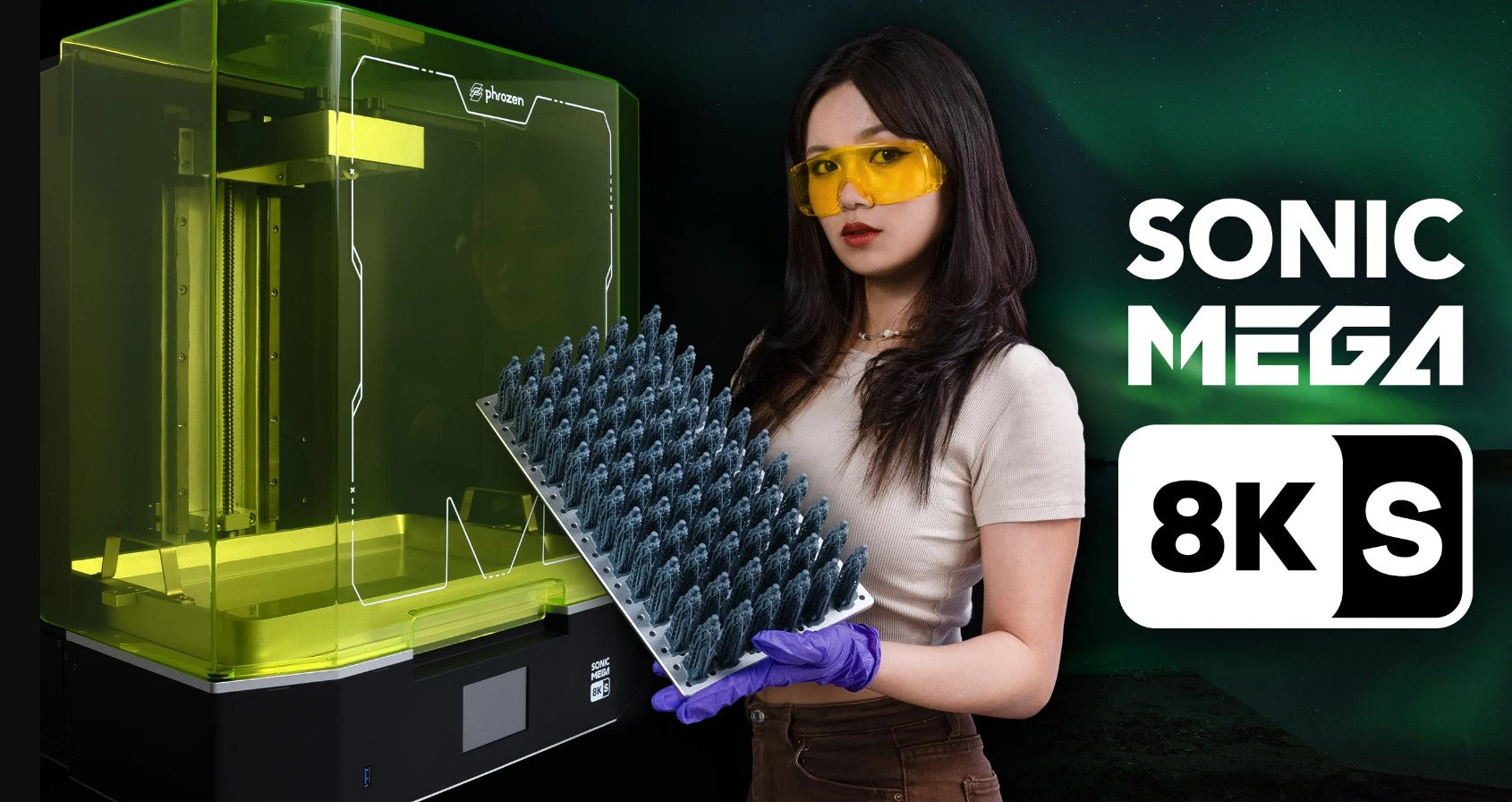3D printing, also known as additive manufacturing, is a process of creating three-dimensional objects from a digital file. It works by layering materials on top of each other until the desired object is formed. This technology has gained popularity in various industries, including education.
By using 3D printing in education, teachers are able to accelerate learning and design. It has also been found useful in increasing the attention span and learning abilities of students.
How can 3D printing benefit the education industry?
1. Enhancing STEM Education
3D printing allows students to bring their ideas to life and apply concepts learned in science, technology, engineering, and mathematics (STEM) subjects. It promotes hands-on learning and problem-solving skills.
2. Visualizing Complex Concepts
Abstract concepts can be challenging to understand, but 3D printing enables students to create physical models that help visualize complex ideas. This enhances comprehension and retention of knowledge.
3. Encouraging Creativity
3D printing sparks creativity by enabling students to design and create unique objects. It fosters innovation and empowers students to think outside the box.
4. Customising Learning Materials:
Teachers can use 3D printing to create customised learning materials, such as tactile models for visually impaired students or interactive tools for interactive lessons. This personalization enhances the learning experience.
5. Promoting Collaboration
3D printing encourages collaboration among students as they work together to design and create objects. It promotes teamwork, communication, and problem-solving skills.
6. Preparing for Future Careers
By incorporating 3D printing into the curriculum, students gain valuable skills that are increasingly in demand in various industries. It prepares them for future careers in fields such as engineering, architecture, and design.
7. Cost-effective Prototyping
3D printing allows educational institutions to create prototypes and models at a fraction of the cost compared to traditional manufacturing methods. It enables students to iterate and refine their designs without breaking the budget.
8. Exploring Historical Artifacts
With 3D printing, students can explore historical artifacts that may be fragile or inaccessible. They can create replicas of ancient artifacts, allowing for a more immersive and interactive learning experience.
9. Teaching Sustainability:
3D printing promotes sustainability by reducing material waste. Students can design objects with minimal material usage, encouraging them to think critically about resource conservation.
10. Empowering Special Needs Education:
3D printing provides opportunities for students with special needs to engage in hands-on learning. It allows for the creation of assistive devices, customized tools, and tactile learning aids.
3D printing has revolutionised the education industry by offering innovative ways to enhance learning. From promoting STEM education to fostering creativity and collaboration, this technology opens up new possibilities for students and educators alike. By embracing 3D printing, educational institutions can prepare students for the future and create a more engaging and inclusive learning environment.





Leave a comment
This site is protected by hCaptcha and the hCaptcha Privacy Policy and Terms of Service apply.